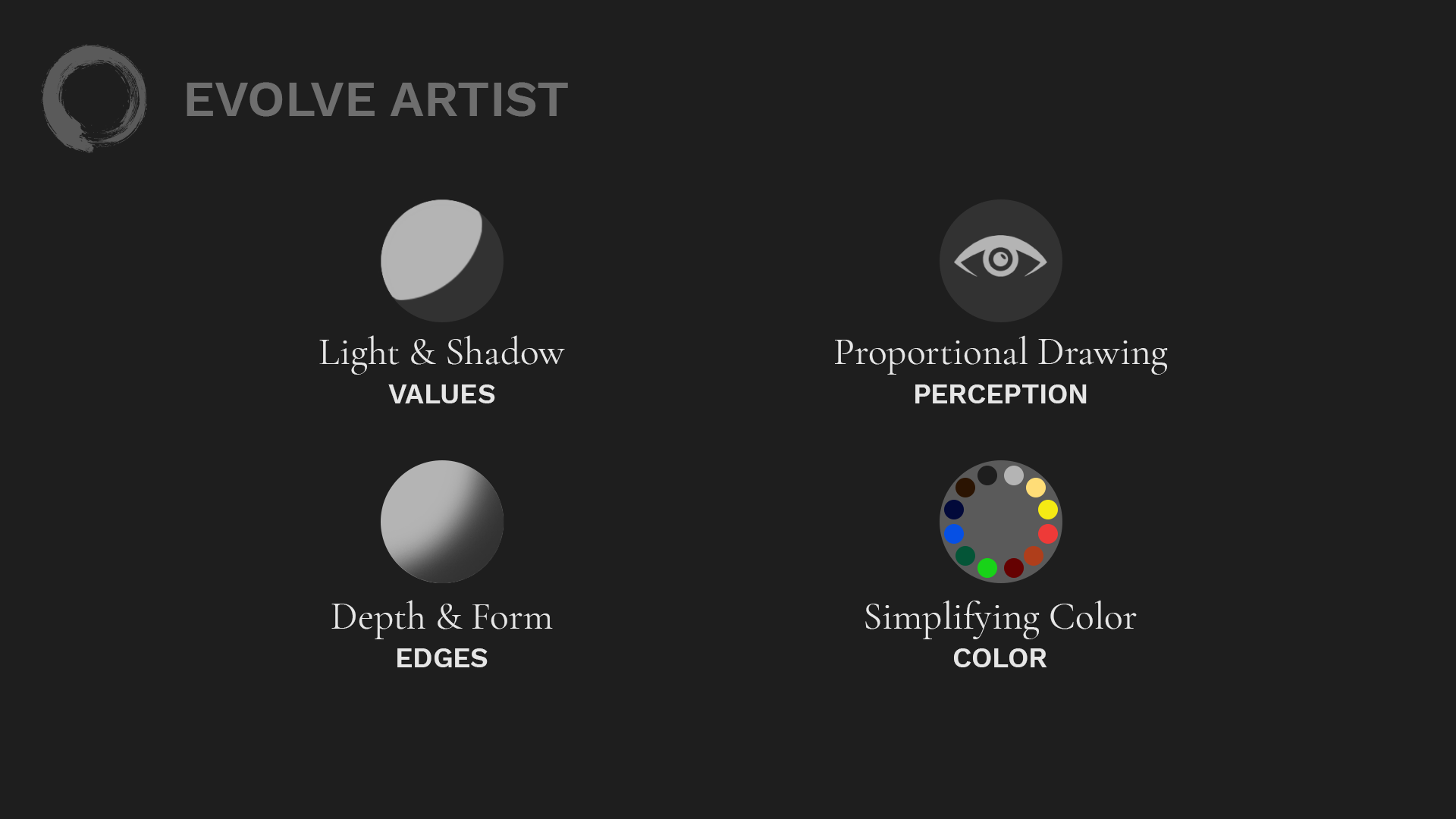
How to see like an artist, or perception, is the third of Evolve’s Four Fundamentals of Art.
Do you know how to see like an artist? Can you tangibly see things that others can't? If so, perhaps you've developed the skill of perception. Perception, is the third Fundamental of Art used in the Evolve Artist Method.
If you haven't yet read about the first two fundamentals of art, click HERE to read about values and HERE to read about edges.
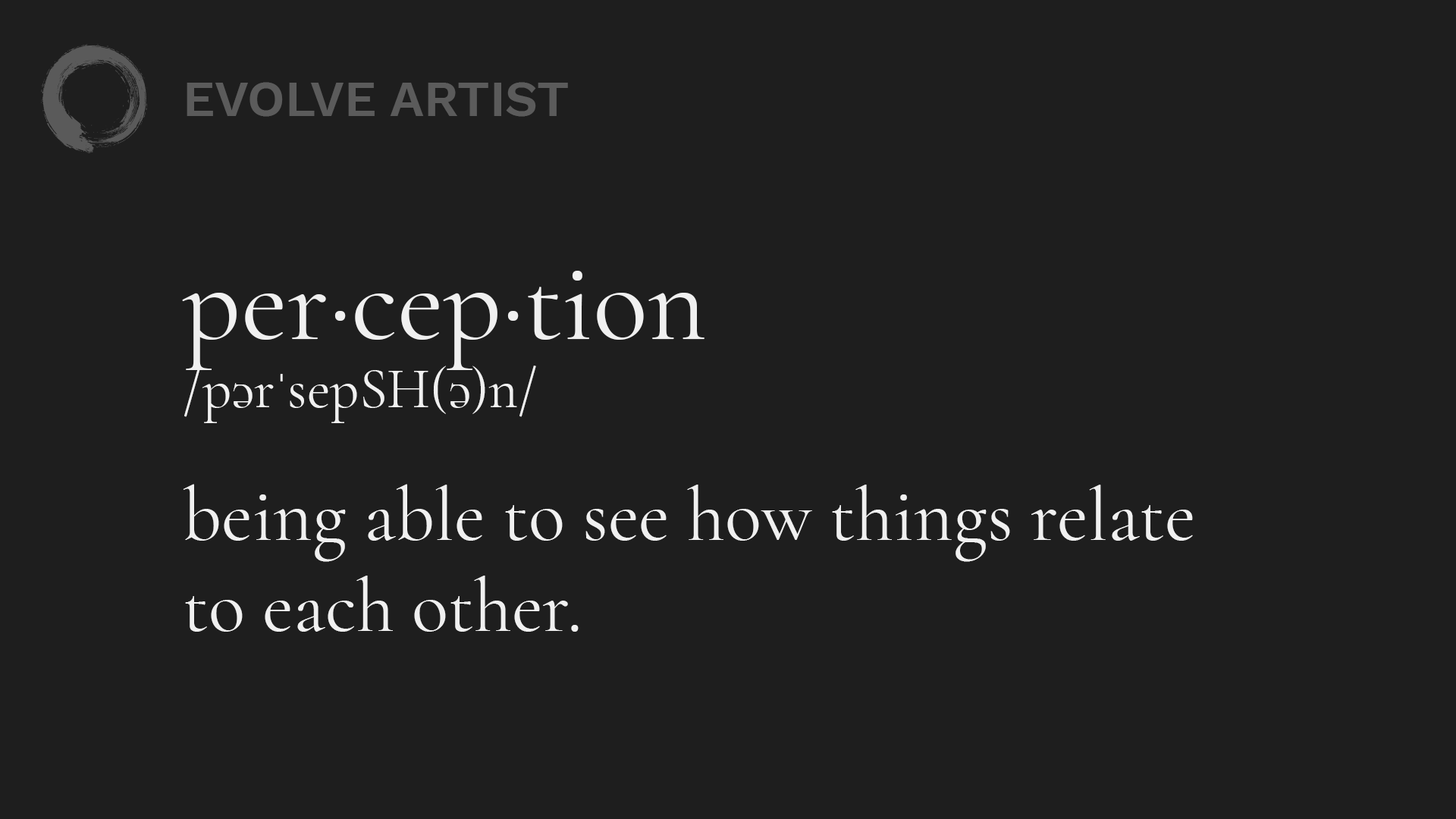
Perception is an important fundamental in creating art.
What is Perception?
Perception is being able to see how things relate to each other. Understanding the relationships between objects, color, value, and so on is key to learning how to see like an artist.
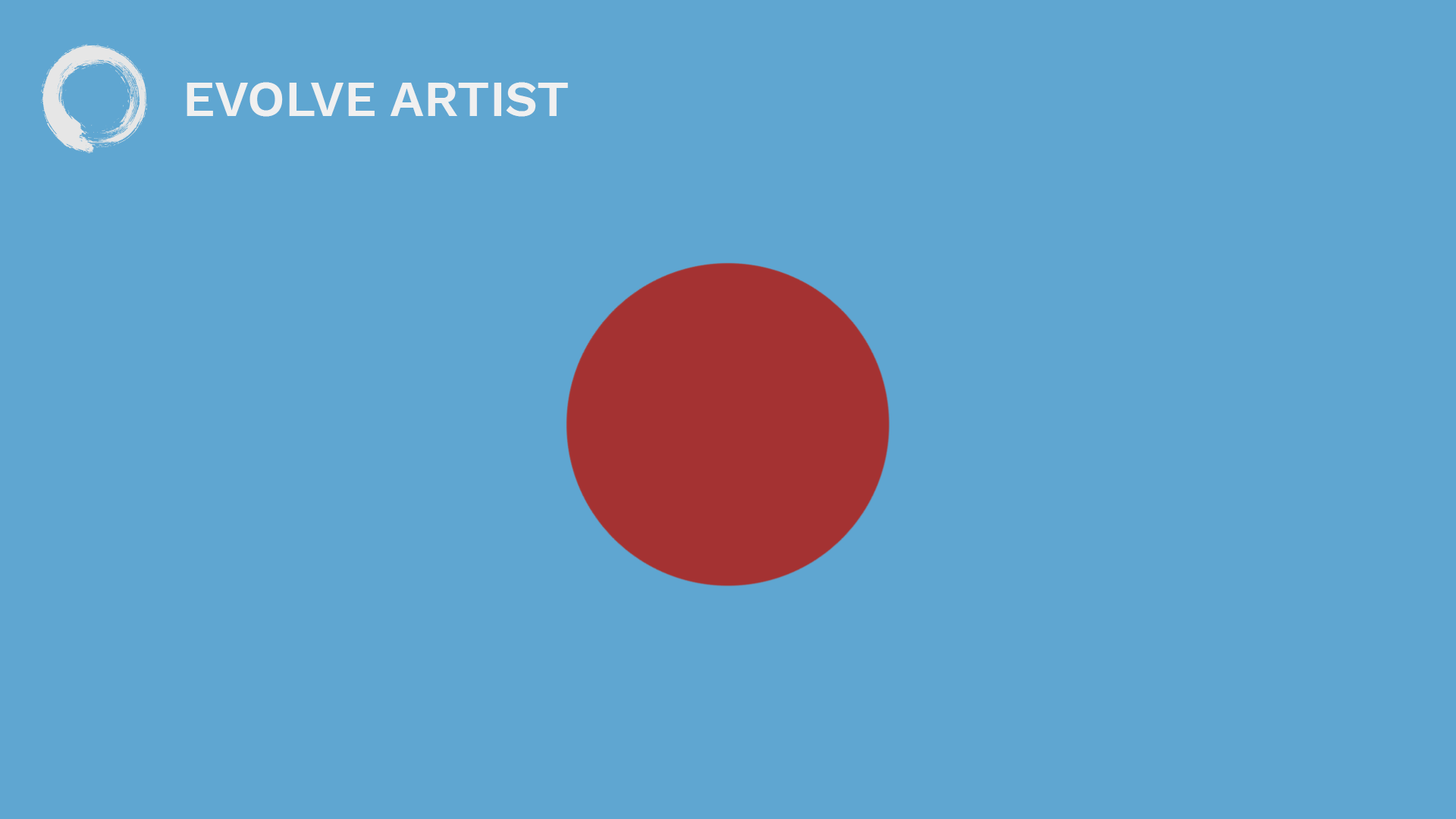
Perception is an important fundamental in creating art.
For example, in the image above, the circle looks red, but only in relation to the blue background.
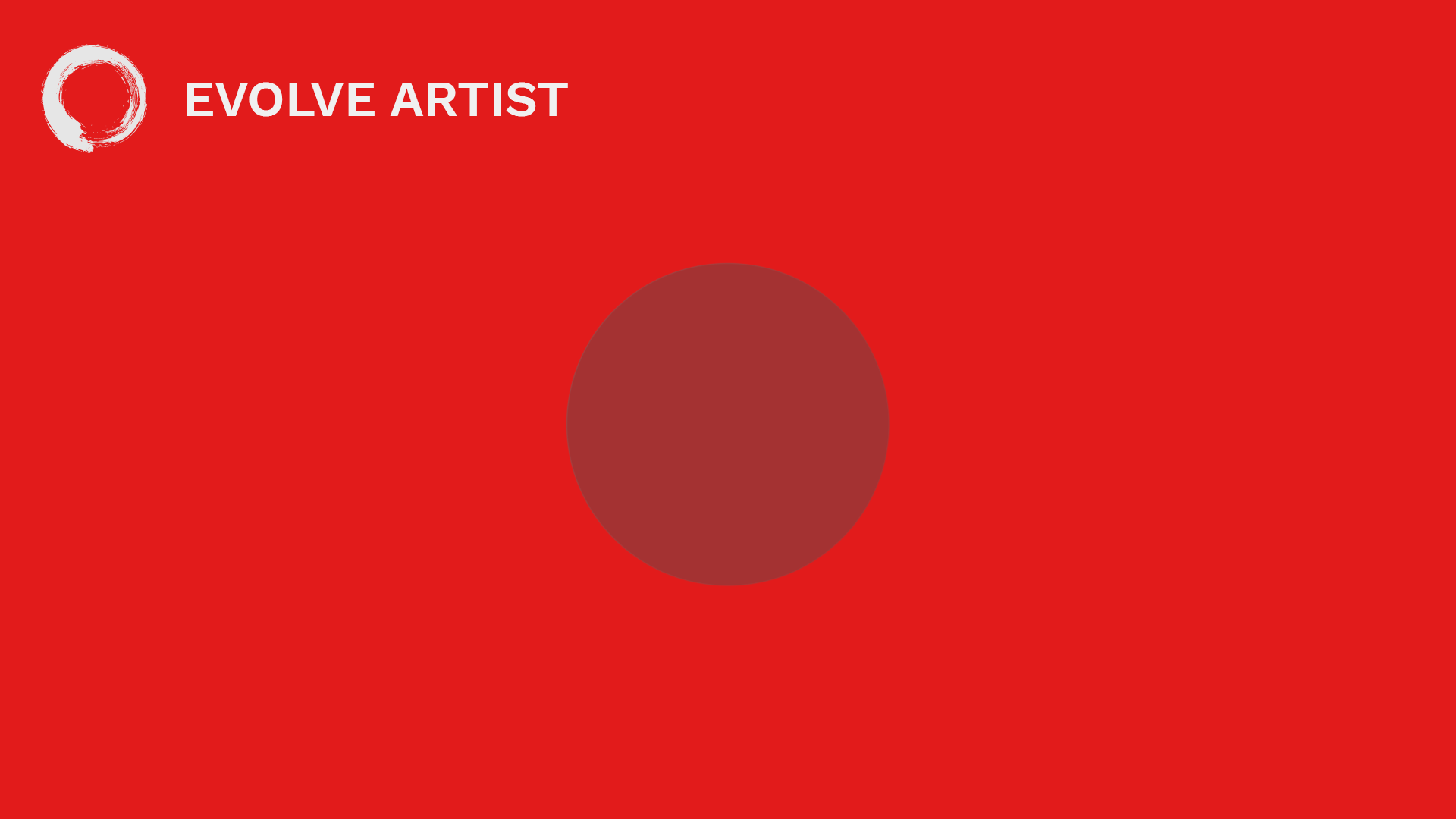
The circle that once looked “red” now appears more “blue” next to a brighter red background.
That same “red” doesn’t look so red anymore if the background is changed. As you can see in the image above, if you put the same red circle next to a brighter red background, it will begin to look more blue. In fact, the red in the circle is more blue in relation to the red that's in the background.
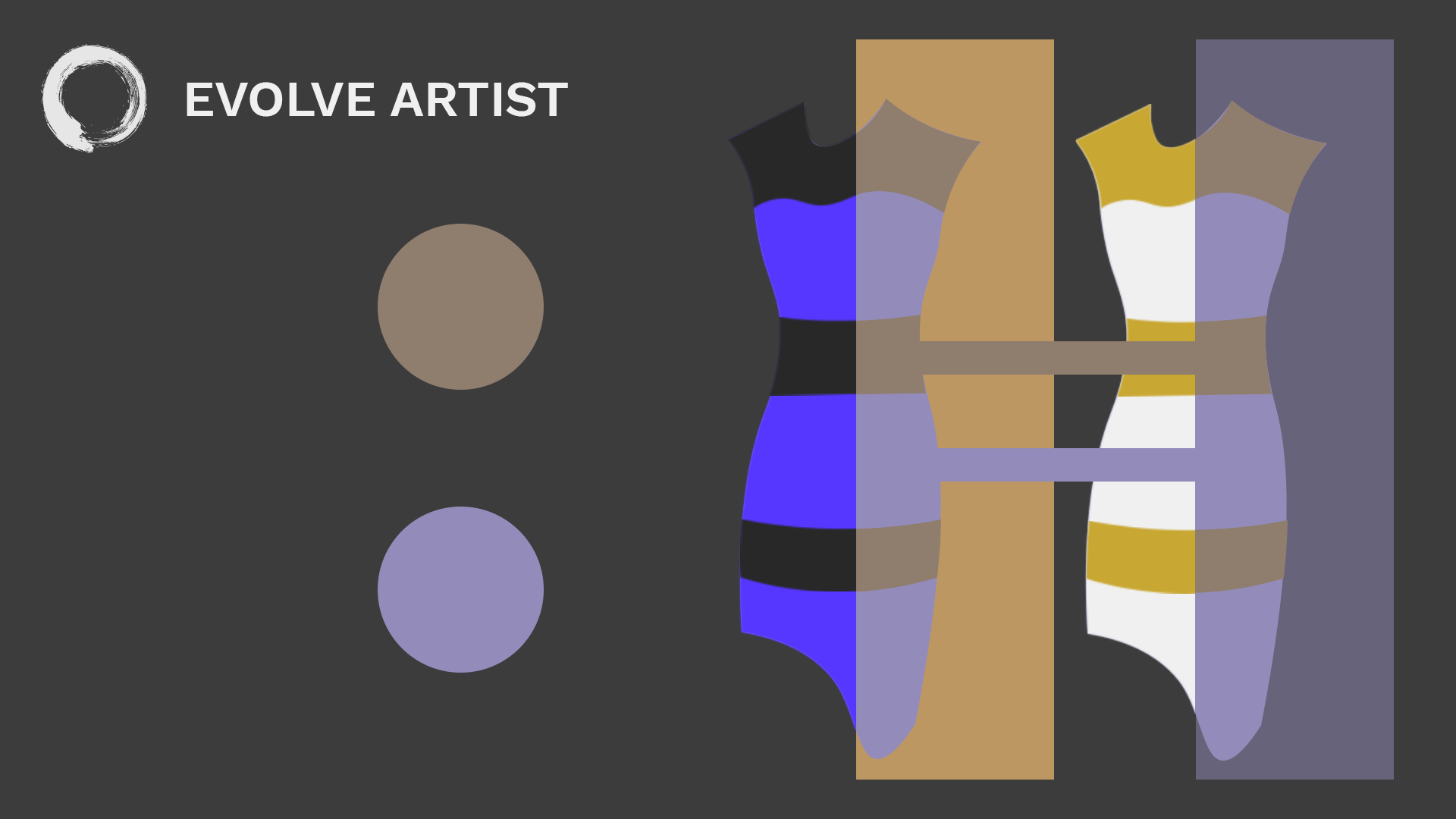
The controversial viral photo of a striped dress because of differences in people's perception of color in relation to light.
This infamous dress makes another great example. In a warm light context with a yellow light, the brown passes for black. However, in a cool evening light context, that same brown looks like it's gold. In the same way, the blue in the warm light context looks like blue, but in the blue light context, it passes for white.
So was the dress black and blue or white and gold? Well, once you understand how to see the colors in relationship to the light, you'll see that the real answer was that it was blue and brown. Perception is the ability to see things as they relate to each other.
Why Knowing How to See Correctly is Necessary to Make Art
When we’re making art, we need to know how to see things in specific, accurate relation to each other. We need to go from passive viewing to active viewing.
Passive viewing would be like saying, "This room is small." Active viewing, on the other hand, would be to say, "Well, this room is small compared to studios, but it's large compared to home office spaces."
With active viewing, we’re getting more specific and accurate about our assessment because we're using its relationships to other things in order to fit it into its proper place.
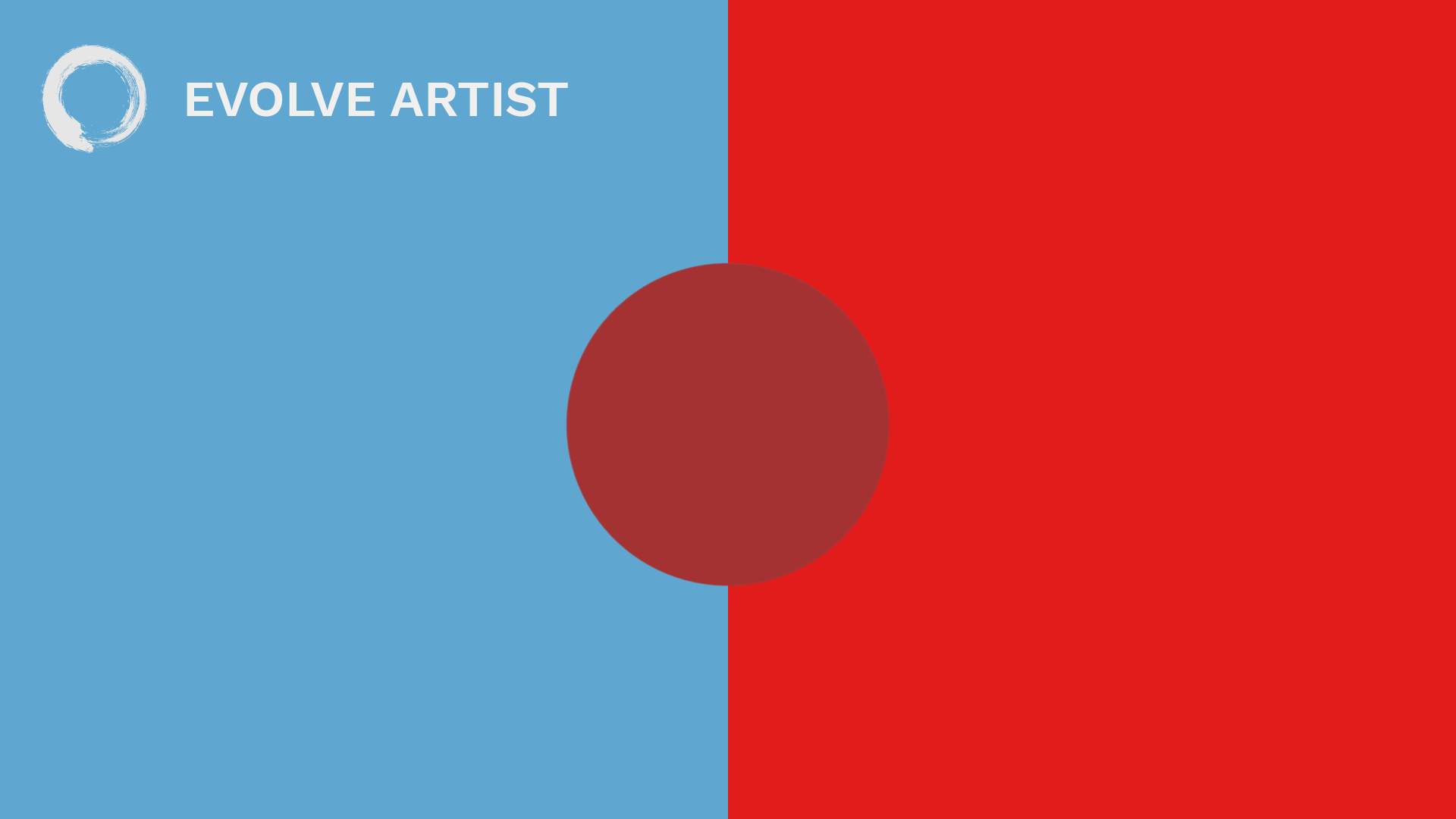
Active viewing helps us to perceive accurately by comparing one colour to others around it.
The astronomer Carl Sagan practiced active viewing when, referring to the Earth’s appearance from space, he took grand and momentous events in history that happened here on Earth and compared it to the mass of space and the universe and simplified it to just a "pale blue dot."

A photograph of the Earth’s appearance from space, described as a “pale blue dot” by Carl Sagan. From www.nasa.gov.
Passive viewing is vague, but active viewing is precise. Precise thinking is required to make excellent art. Specificity is a trademark of artistic excellence--having command over your work, over your colors, over your brush strokes.
Specificity is saying, “Here is where you go, but no further”; “This shape is this height, no taller, no shorter,” “This color is this blue and it's blue in relation to this, but it's gray in relation to that.”
If we don't know how to see things in specific relation to each other, then we have no command over our work. Without it, we can't create the relationships that are required to create a powerful illusion of form and depth and make our work lifelike.
We Can Develop Neural Pathways to Learn How to See Differently
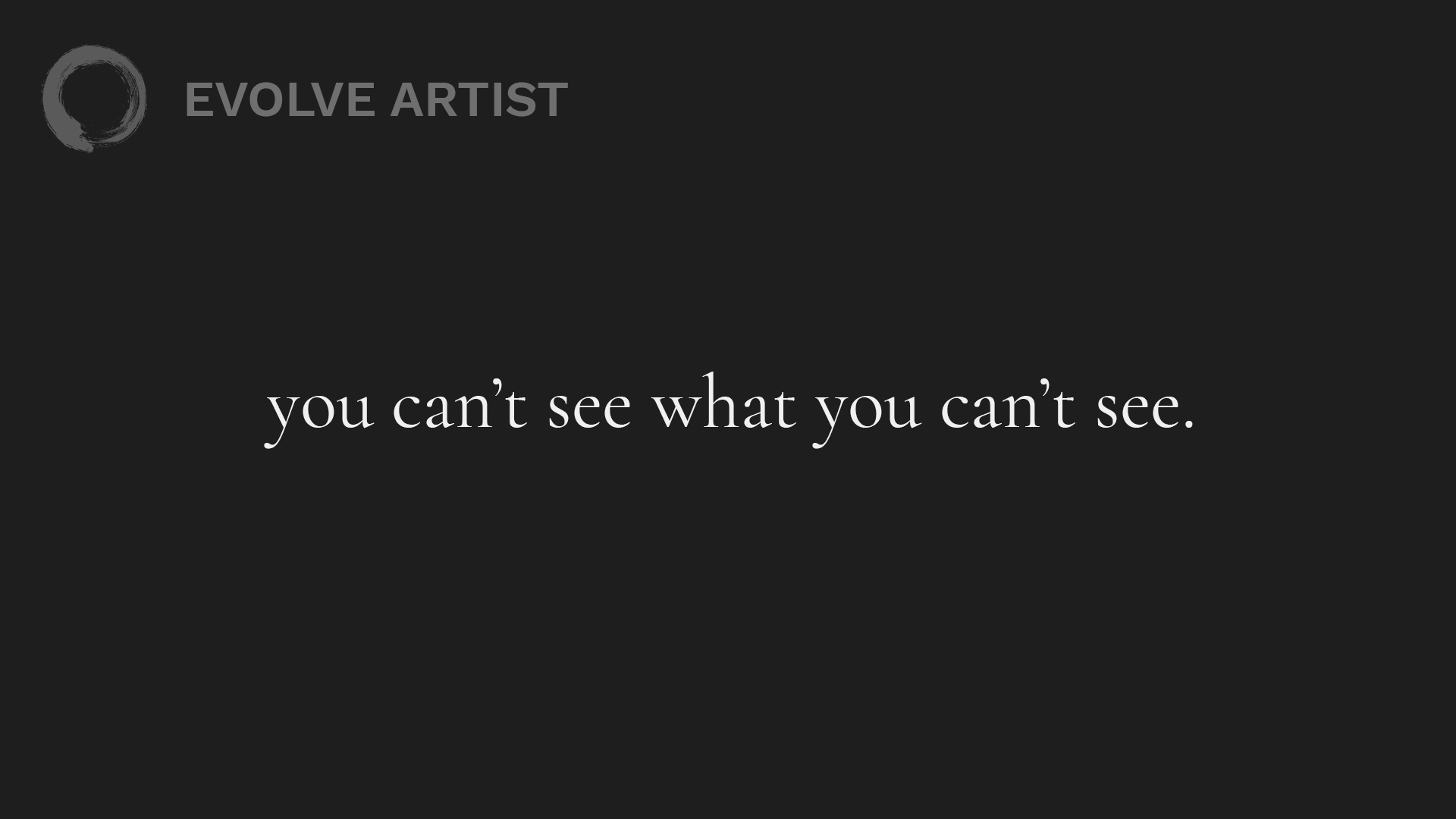
Perception is required to create powerful, realistic art.
But here's the thing: you can't see what you can't see. And if you can't see it, then how can you create it?
Unfortunately, many people stop here and say, “I guess I don't have what it takes to be an artist. I can't do this, I don't know how to see what other people see.” But that's not true at all! You can develop the neural pathways in your brain to tangibly see the subtle variances in color and many other details.

It’s possible for you to develop neural pathways to see things you couldn’t see before.
All of these subtle details can be unlocked for you as you practice and develop the neural pathways in your brain to tangibly see them and not just guess at them. Isn't that amazing? Once you develop this, you can unlock a whole new way to see the world.
Learning How to See what You Can’t See
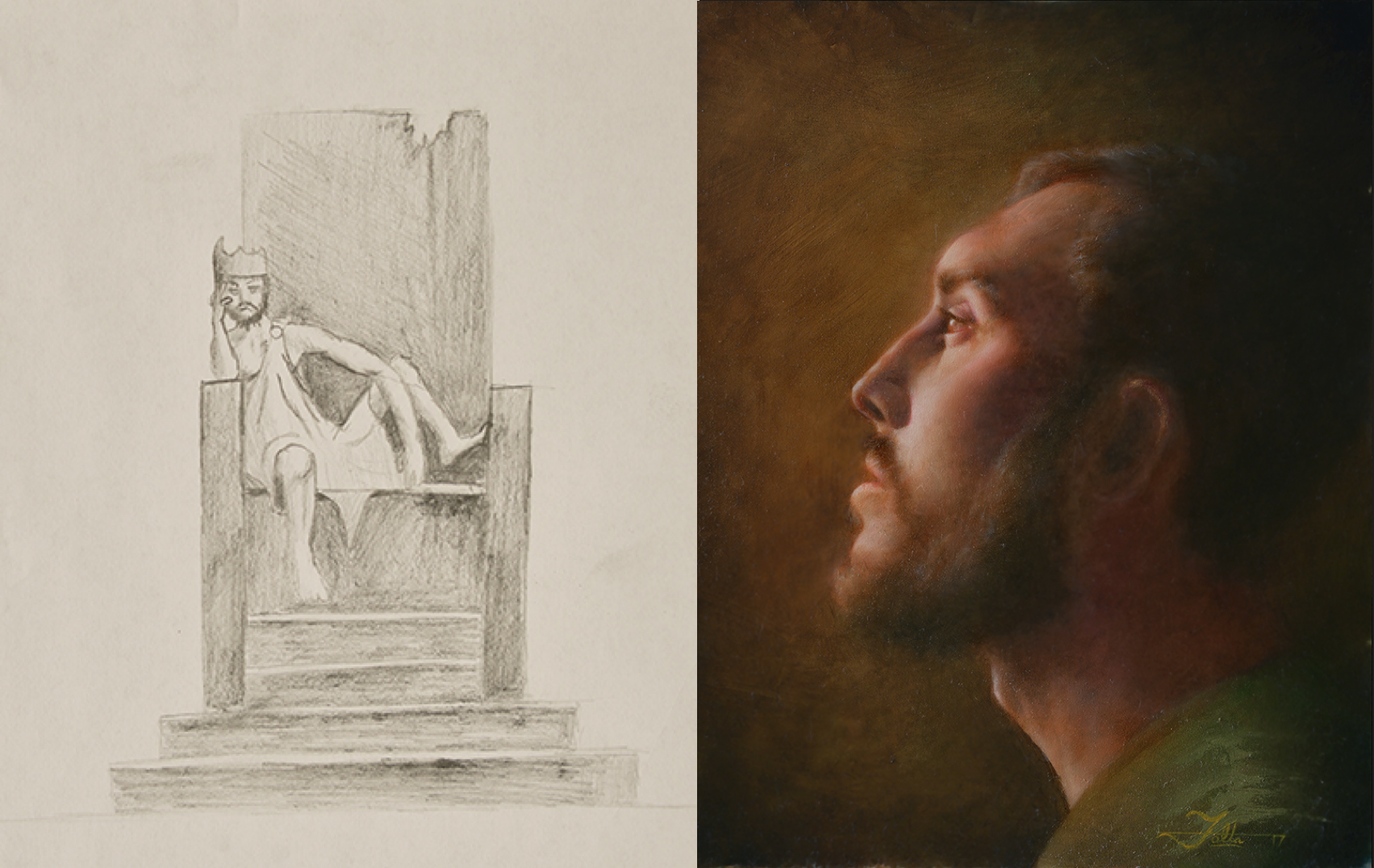
This image shows where I (Daniel Folta of Evolve Artist) began and where I am today in my journey of learning the fundamentals of art.
I (Daniel Folta of Evolve Artist) was one of those people who thought that I wasn't an artist and I couldn't be one. Then my mom dragged me to classes with my art teacher Kevin who founded the Evolve program. One day, I was painting a still life of a white can on a table.
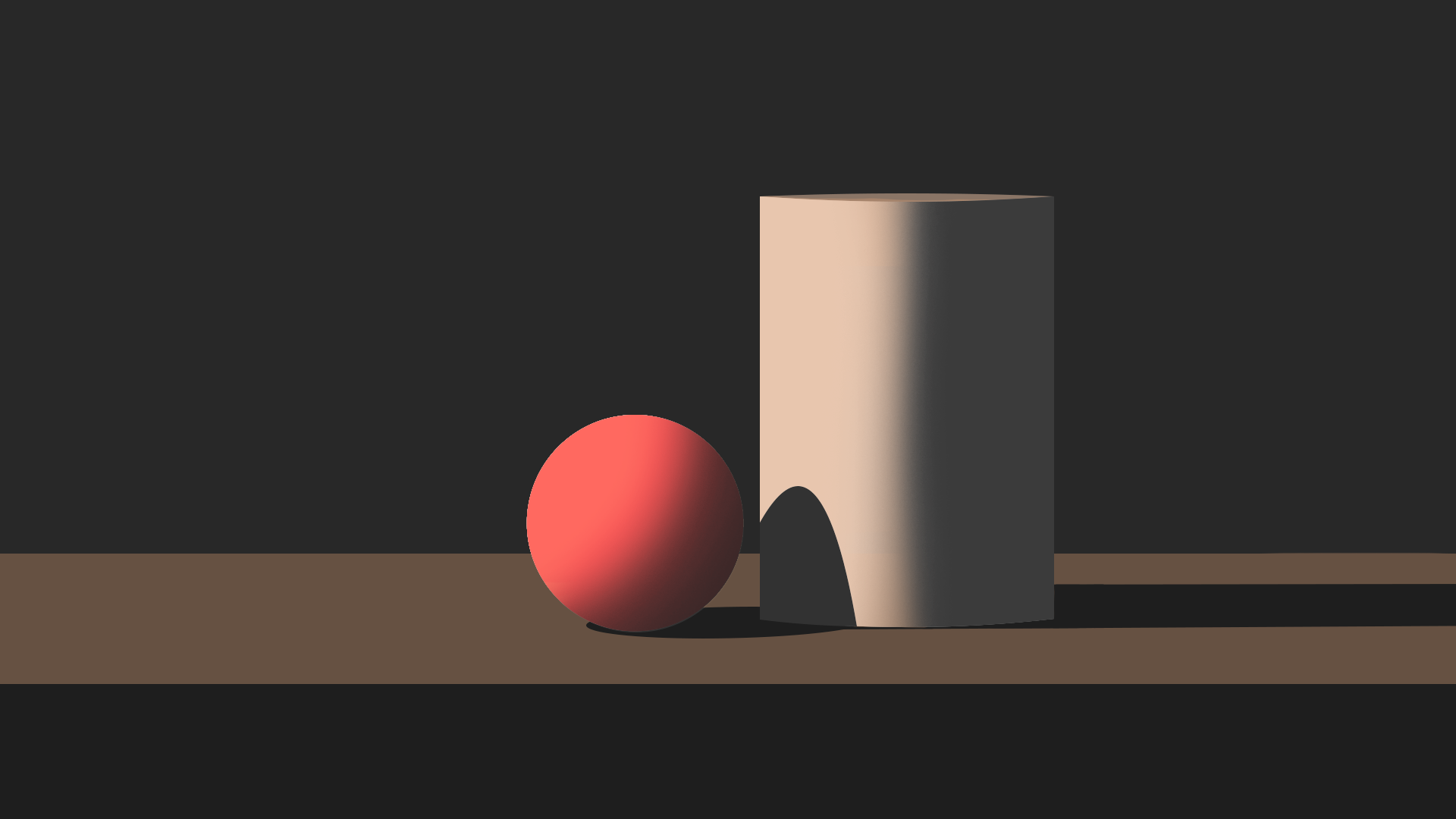
Proper perception allows us to see that this “white” can isn’t purely “white”.
So after I got my drawing right, I took out my titanium white tube of paint, ready to just slap that on. Then, Kevin came over and saw the color I was about to use and he said, “What are you doing?” I replied, "Well, it's a white can. I'm gonna paint it white." Then he asked, "Are you sure that's white?"
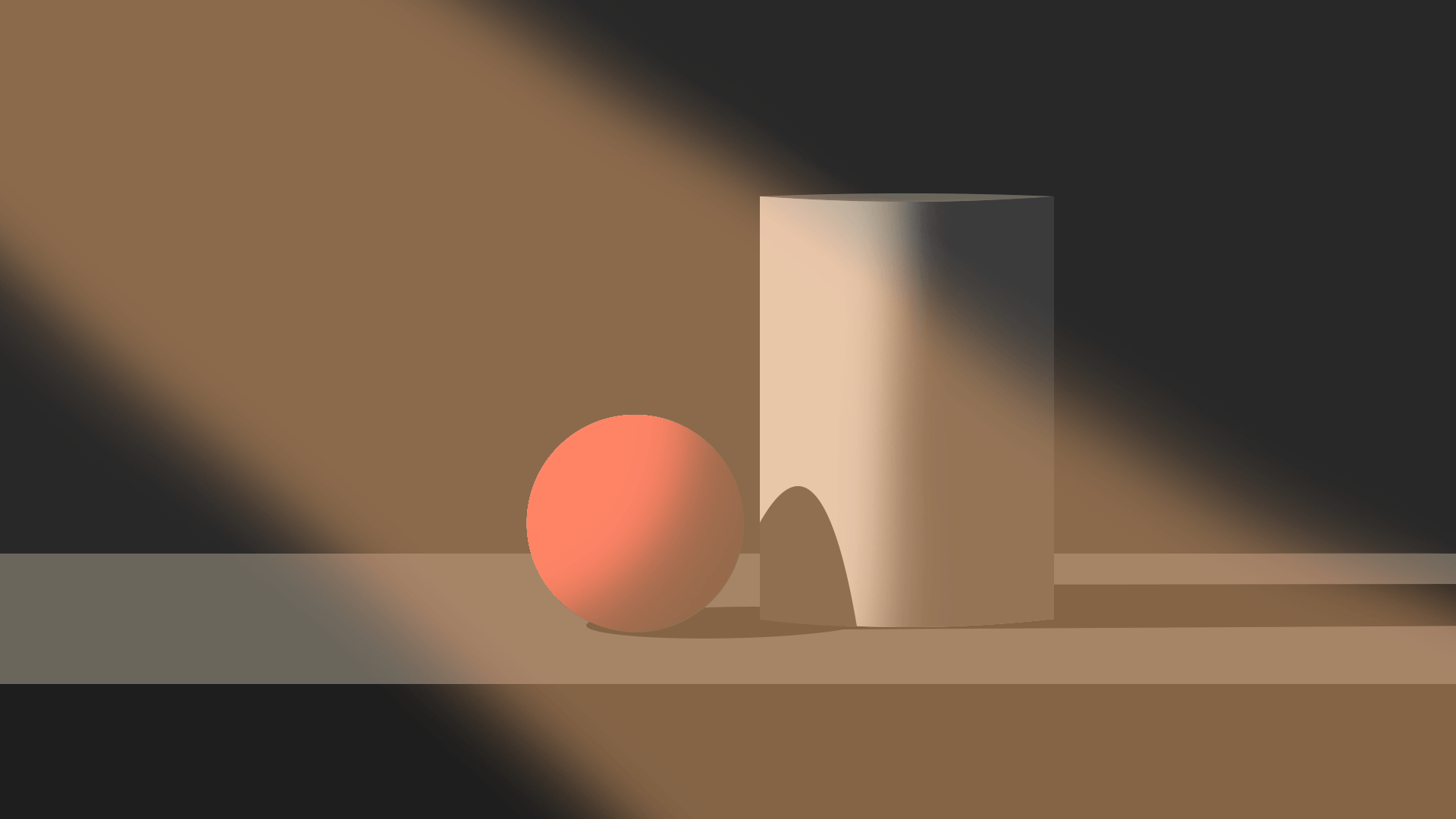
A warm light casts a yellow-red tint on the white can.
Suddenly, I wasn't so sure. I just couldn't see what he could see. I couldn't register the simple fact that this warm incandescent light bulb was casting a very subtle Naples-yellow, Mars-red tint over the entire still life. So rather than see the white can as it related to the light that it was in, I only saw it as white, removing it from the relationships that it belonged to.
I've done my best to visually show you the mistake that I made, but it can really sneak up on you in everyday life. Our eyes will play tricks on us and we won't be able to tangibly see the difference between things. I see this mistake all the time when people put the whites of the eyes as actually white.
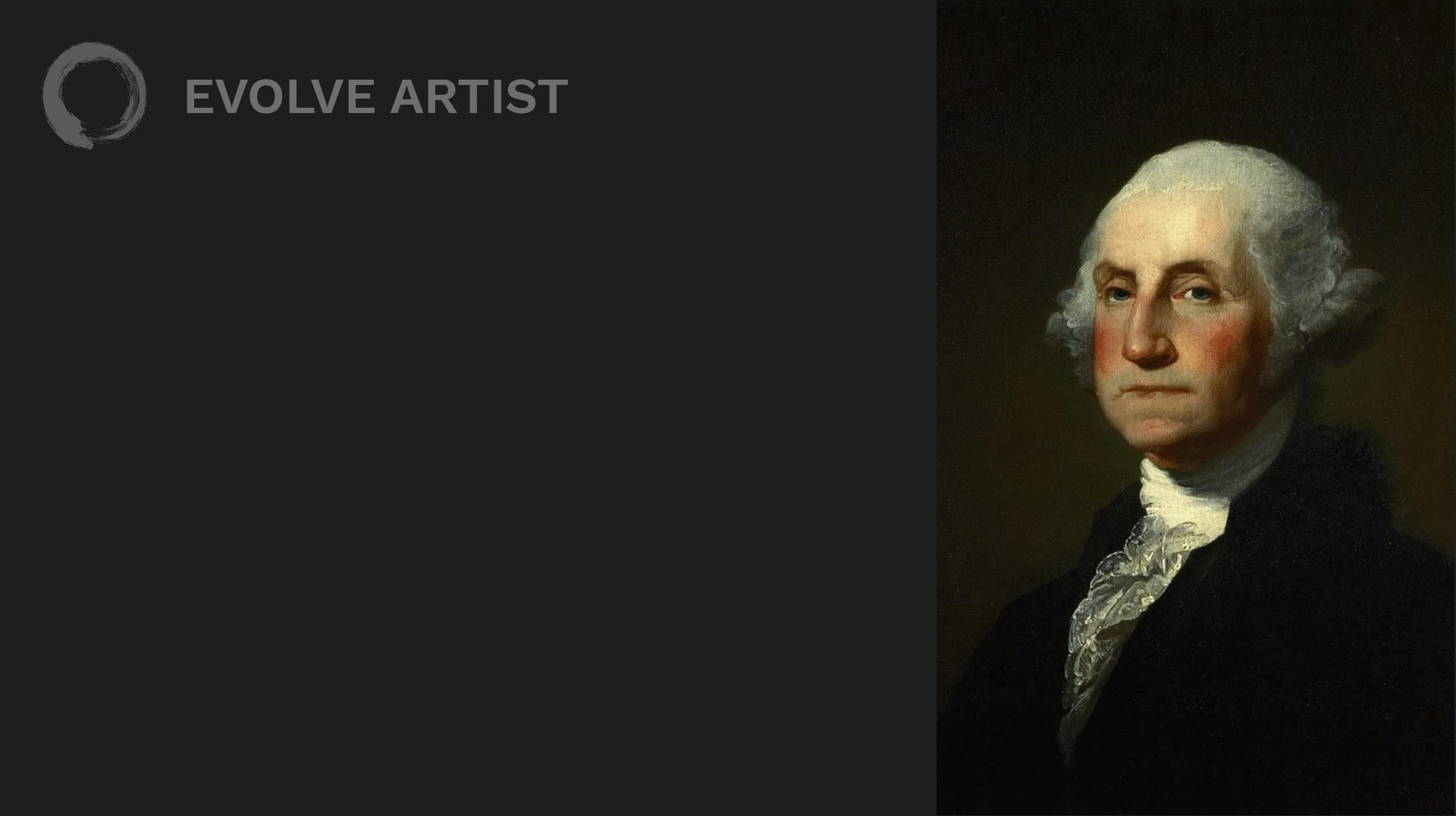
A common mistake with perception is to paint the whites of the eyes actually “white”.
A few weeks later, after developing my skill more, I was thinking, “How did I see that can as white? It's not white at all." The neural pathways were developing so I could tangibly see the difference and not just guessing at these things. The skill was physically being developed inside of my brain.
How to Improve Your Perception
So, how can you improve your perception? Enter proportional drawing.
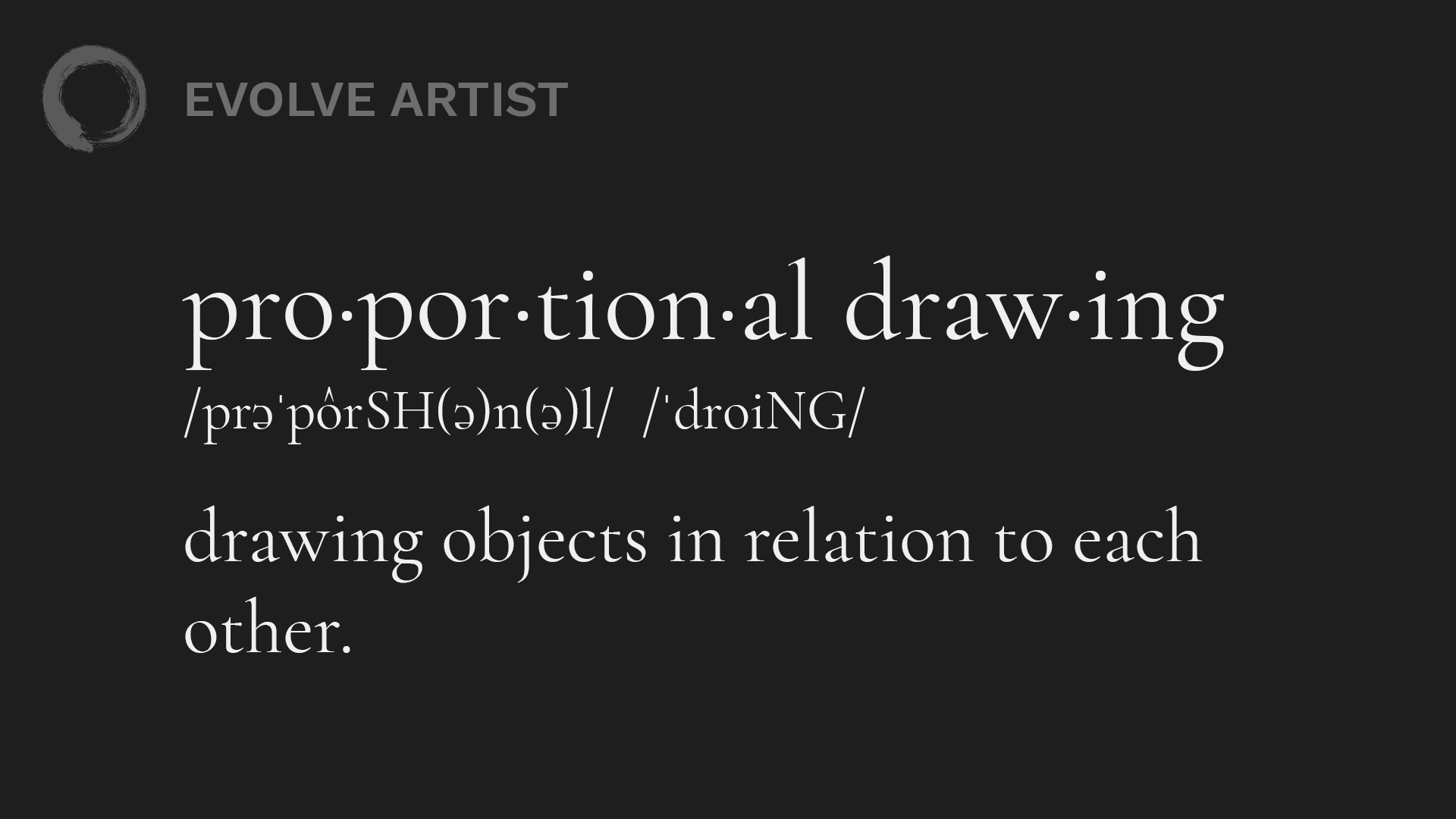
Practicing proportional drawing helps to develop our skill of perception.
Proportional drawing is drawing objects in relation to each other. Now, besides the fact that practicing proportional drawing helps you to draw accurately, which is an invaluable skill as an artist, it also is the most efficient method to train your eyes how to see.
Proportional drawing helps to develop your perception skill, developing those neural pathways to see relationships, not just in the realm of drawing, but relationships on all platforms--relationships of values, relationships of colors, relationships of edges. All of these things will be unlocked and opened for you as you practice proportional drawing.
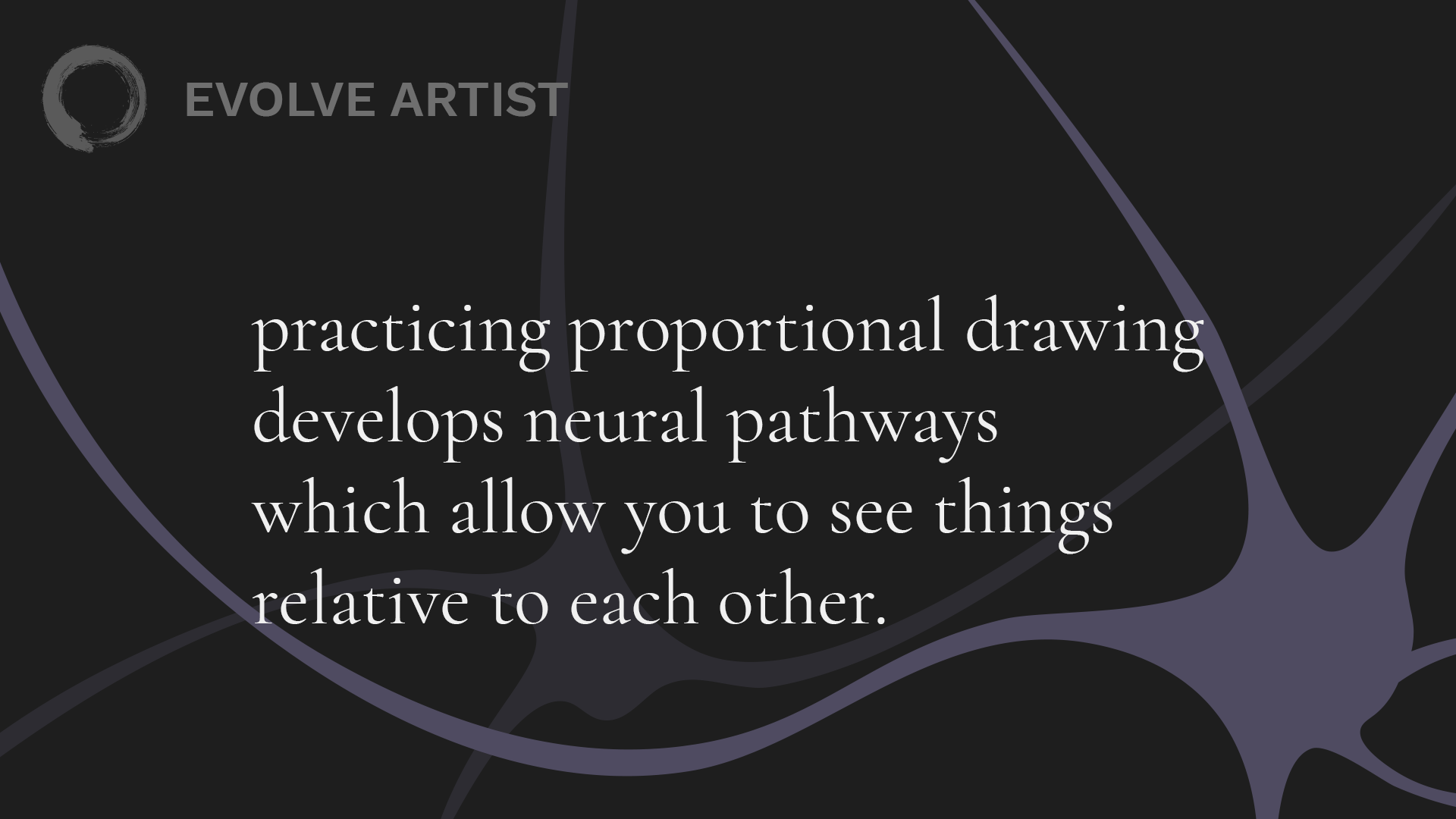
Practicing proportional drawing can train your eyes to see the relationships between artistic fundamentals.
Why Practice Proportional Drawing?
Proportional drawing is a much more quantitative approach to developing your perception skill compared to color studies. It's not easy to tell if a shade needs just a smidgen of phthalo blue or a dollop of Naples yellow. However, in proportional drawing, it's either too tall or too short, too wide or too narrow.

Color studies are like cooking and proportional drawing is like baking.
You can think of it as cooking versus baking. In cooking, you add a dash of salt or just a tad more butter. In baking, however, you have to follow the recipe exactly, measuring out each amount, knowing that if you're off by just a few degrees, you jeopardize losing the harmony of flavors that all work in relation with each other.
So, color is like cooking--maybe I could use a little more blue, but no one's going to know the difference. In proportional drawing, if that nose is off by just a quarter of an inch, it would alter the accuracy of the image.
Evolve Artist’s Proportional Drawing Method
How do we practice proportional drawing? Some people recommend using the sight-size method to level up their drawing skills. However, even though it's effective, it's slow and tedious, making it relatively inefficient compared to the method that we use. Instead, at Evolve Artist, we compare the objects in relation to each other.
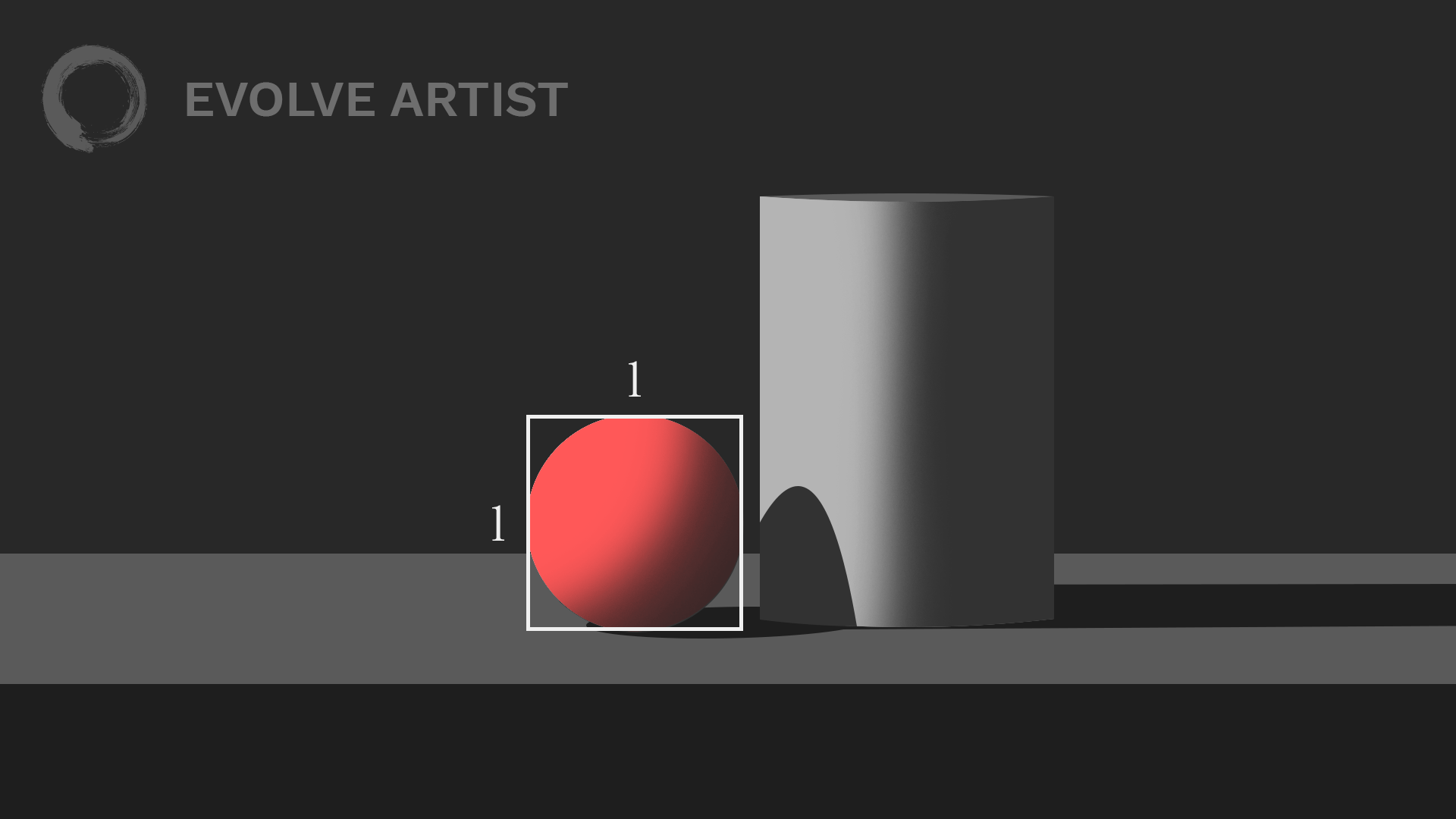
You can practice proportional drawing by comparing objects in relation to each other.
How tall is the can compared to the ball? How many balls does it take to reach the top of that can? How wide is the can compared to the ball?
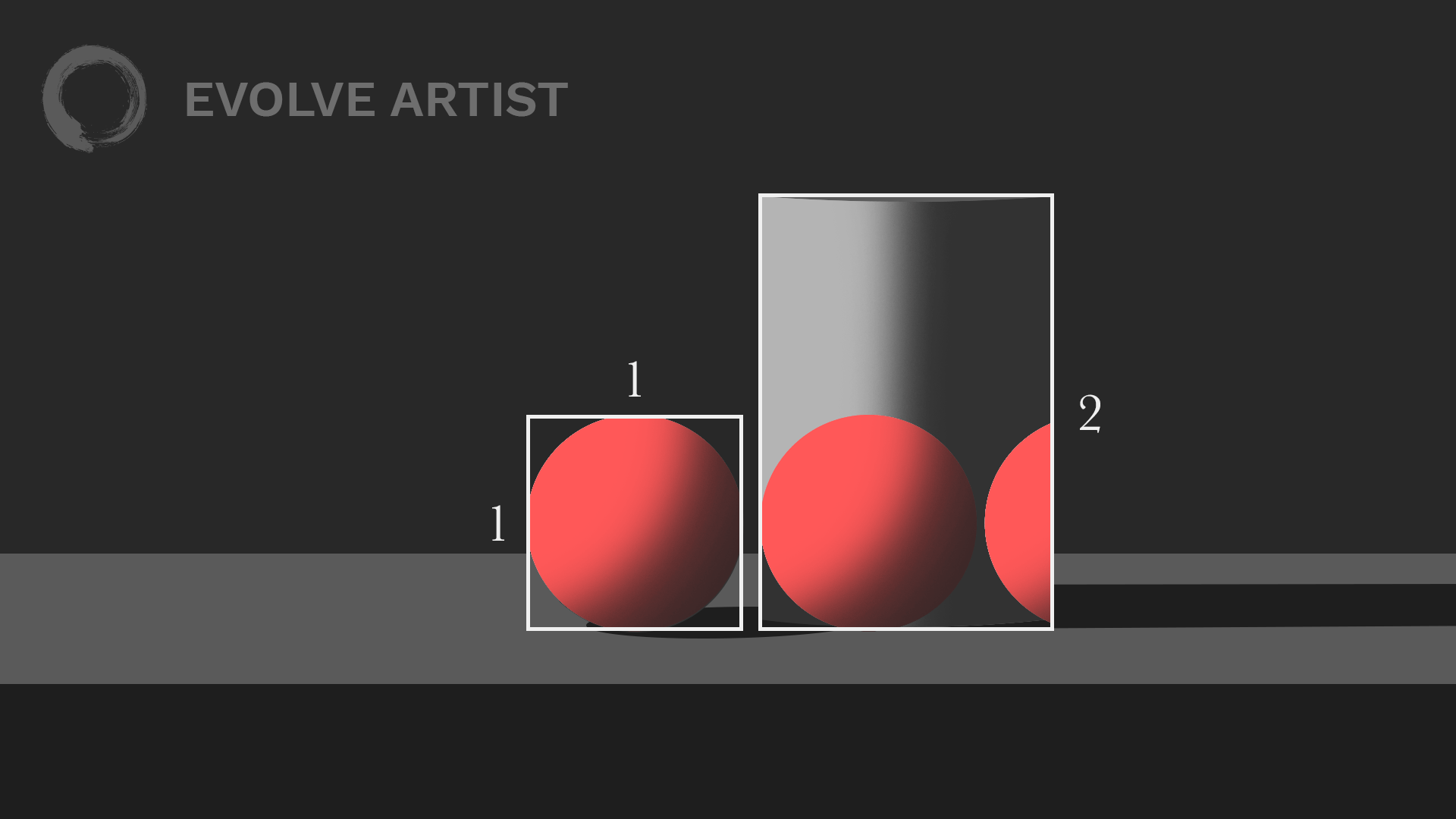
Calculating relative measurements can keep the proportions of objects in an image accurate.
Now we're thinking relatively. If we say that the height and the width of the ball is one, and if it takes two balls to reach the top of that can, then we can say that the can is two balls high. In the same way, we can find that the can is 1.3 balls wide.
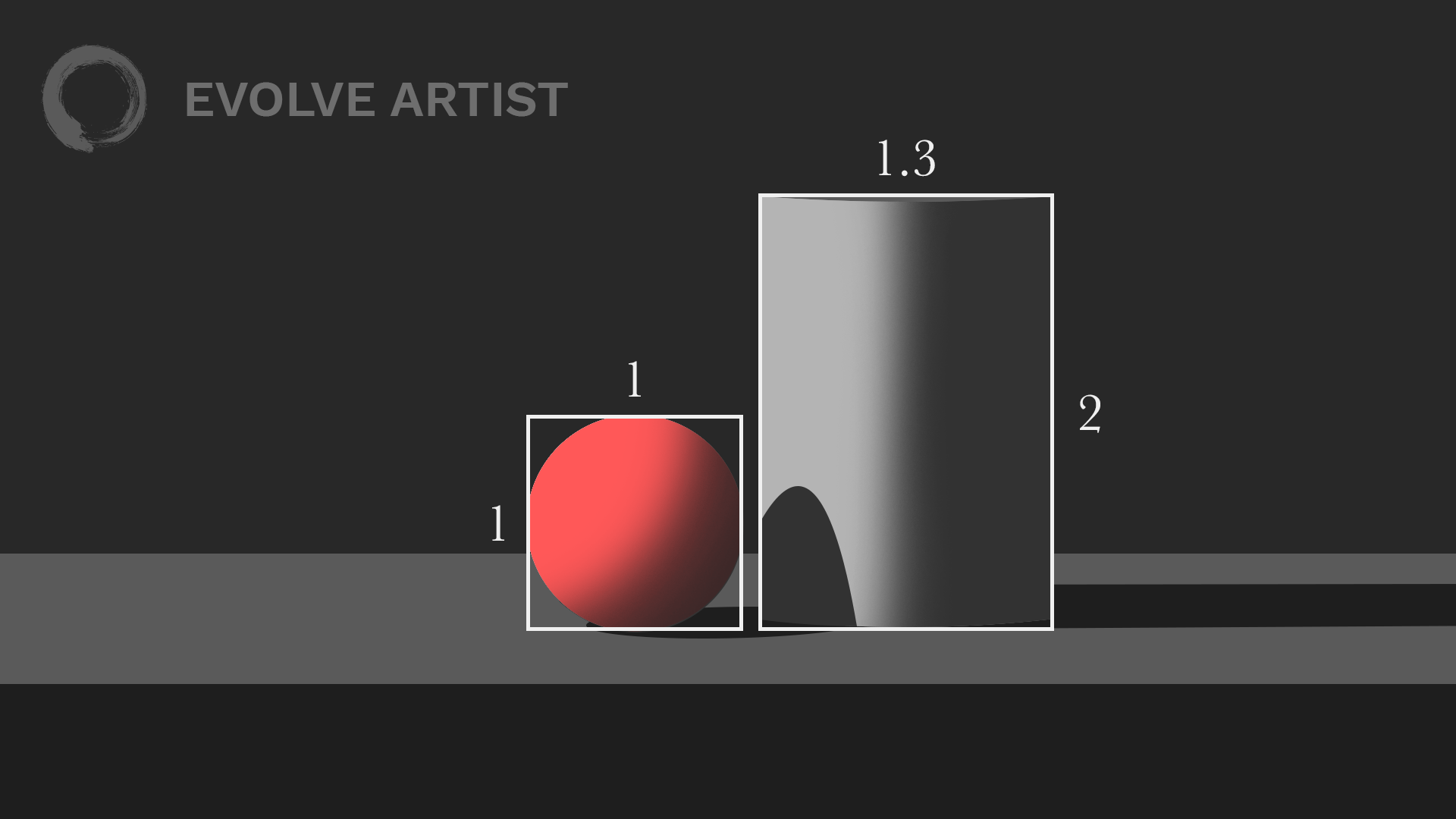
Evolve Artist uses relative measurements to practice proportional drawing.
Once you have these measurements and understand how these things compare to each other, you can scale these shapes up and down and still keep them proportionately correct in relation to each other.
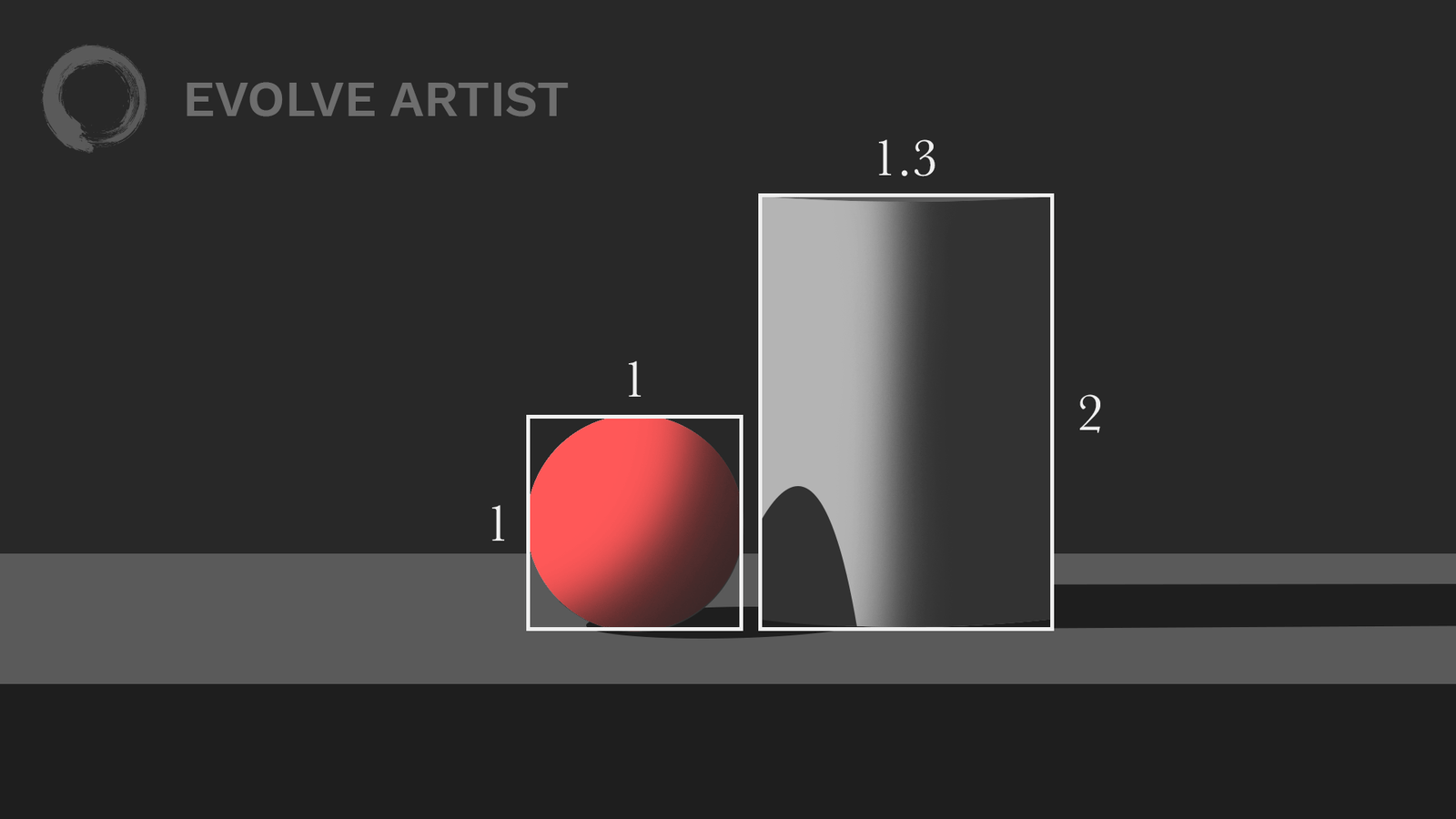
Images can be scaled without altering the accuracy of its proportions with Evolve’s proportional drawing method.
You can try this at home. Grab a ball and a can of beans, set them up on a table, and without drawing anything, see if you can determine the height and the width of the can based on the ball. Once you've assessed that, write down those numbers and, afterward, you can measure the ball and the can to see how accurate you were. At Evolve, we give guidance every single step of the way, which is crucial to your development as an artist.
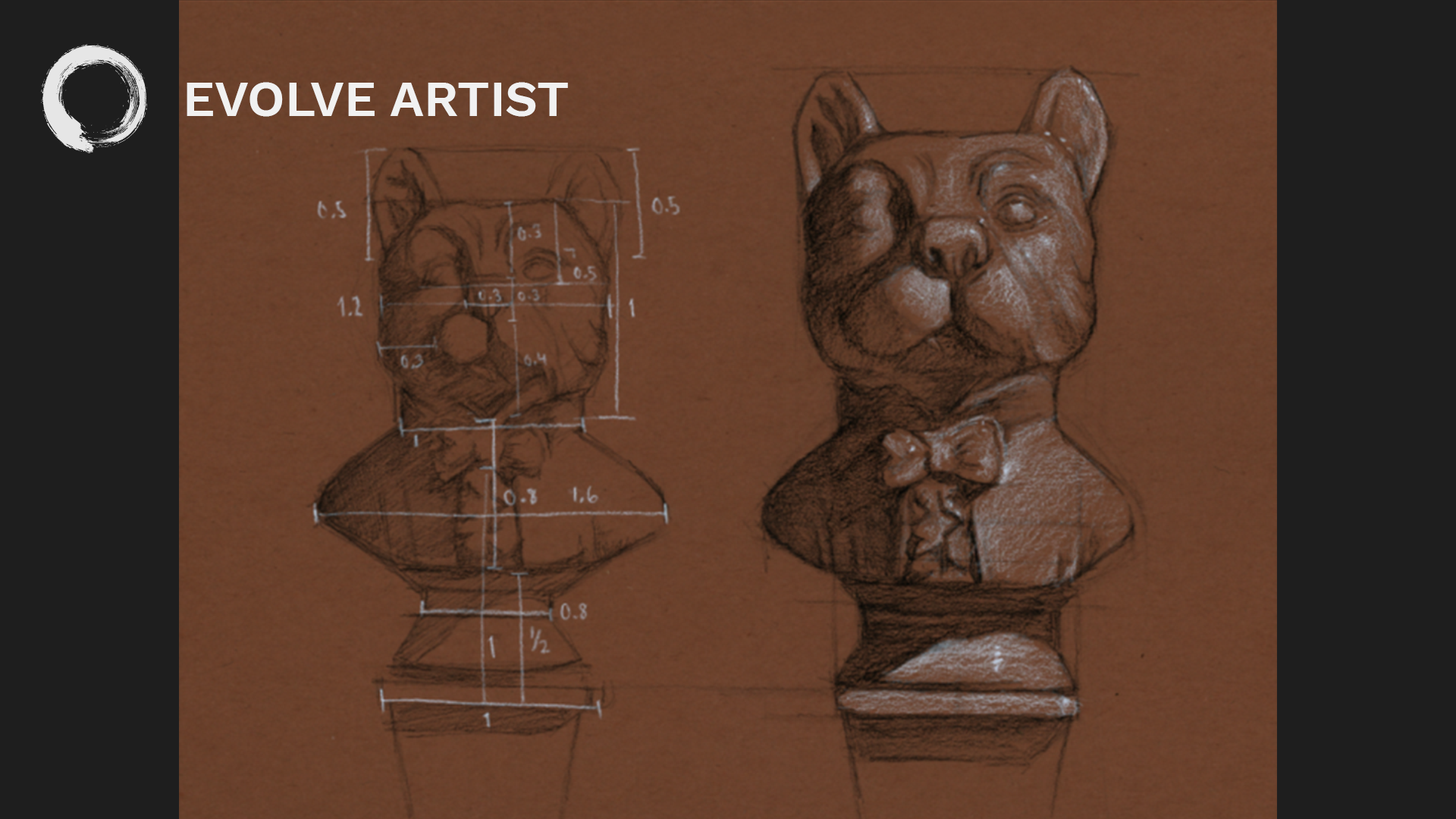
At Evolve, students are given step-by-step guidance as they develop their skill of proportional drawing.
Final Thoughts on How to See Like an Artist
If you want to learn how to see like an artist, to level up your ability and prowess in art-making, then check out Evolve Artist. Our program can give you the knowledge, guided experience, and the focus you need to get to artistic excellence.
If you found this post insightful and you want to get more content like this, then check us out on YouTube and follow us on Instagram.
If you are serious about wanting pro-level art skills, then check out Evolve Artist. We have a program that is designed for you. Join Evolve today!
Happy painting!
This post is Part 3 of our Fundamentals of Art series. Click HERE to read about values and HERE to read about edges, and HERE to read about color.
